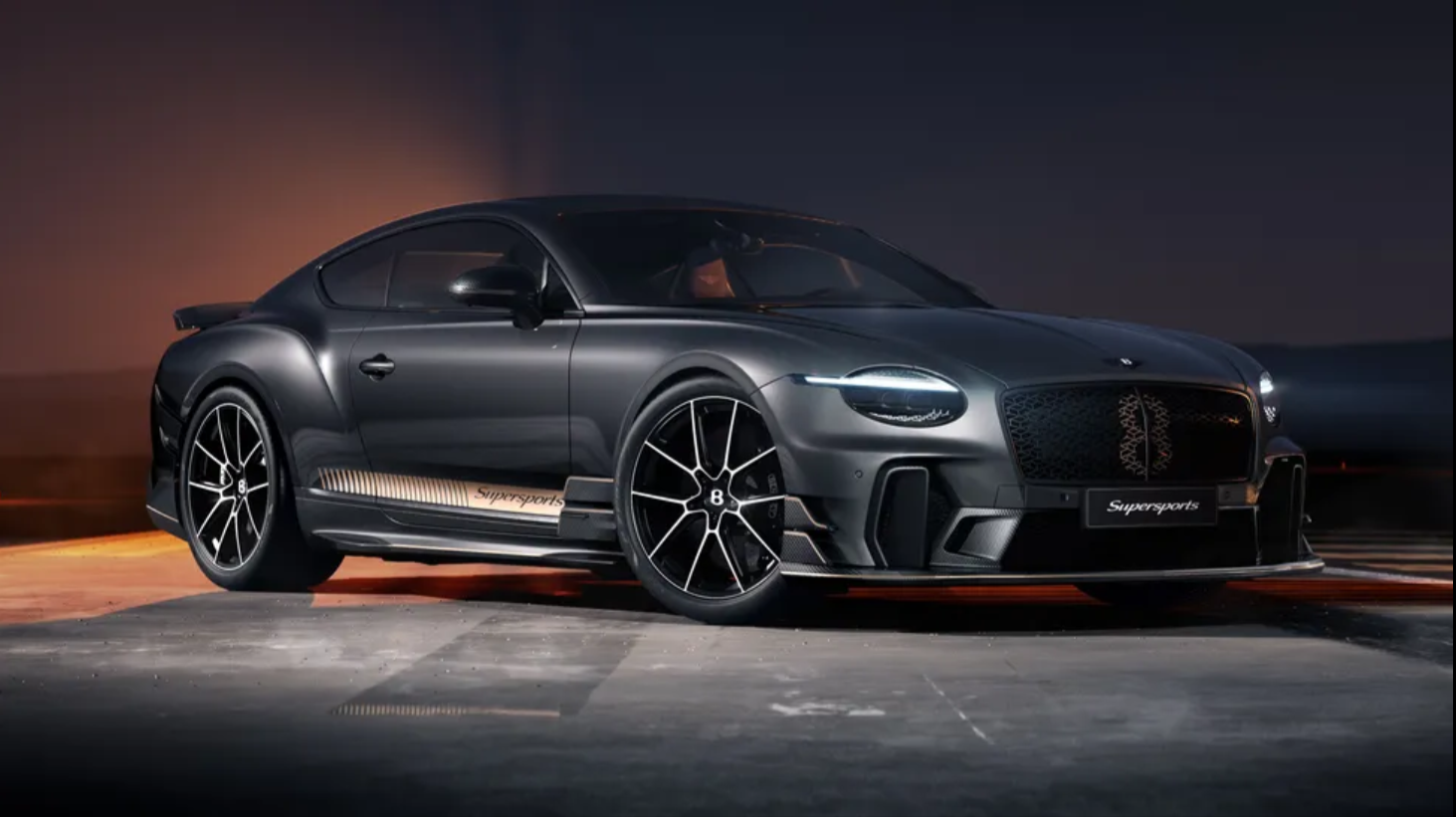What's In A Tyre

Let's cut right to the chase. The Mk7 GTIs we were testing wore Bridgestone Potenza S001 “max performance summer” tires at all four corners. These are the original equipment for the current car. The Mk 8 GTI wore the same tires… on the back axle. Up front, Volkswagen fitted the Bridgestone RE-71R, a 200-treadwear extreme performance tire that is widely considered the gold standard for competitive autocross. It wasn't until we'd already completed a lap of the autocross course in each car – realizing that the performance disparity was way too dramatic – that we looked at the tires.
According to Volkswagen, it had been loaning out these Euro-spec Mk 8s to media across the country on the factory rubber. But when it came time to prep the cars for this program, the company couldn't source new tires for all six of the vehicles. We'll give VW the benefit of the doubt here, because COVID supply chain issues are real. But there was no other tire available, guys? The stock GTI rubber’s performance isn’t even on the same planet as the RE-71R.
Unsurprisingly, the newer GTI and its ultra-sticky front rubber blew the last-generation model out of the water. We ran the older hatchback around a short autocross course in 37.9 seconds. The Mk 8 did the same thing in 35.9. That's a huge gap on such a short run. It was a similar story on M1 Concourse's 1.5-mile circuit – VW released us at 20-second increments on the track, but the Mk 8 drivers were closing the distance on the Mk 7 drivers within four laps.
The simple truth is that fitting the RE-71Rs to the improved GTI allowed it to carry dramatically more speed into corners, offer far higher lateral limits (although the disparity in front/rear grip did make it feel a good bit looser than the Mk 7), and more easily put power down on corner exit. It wasn't even fair.
Comparing the old GTI to the new is a futile exercise when there's a thumb on the scale for the Mk8. But while the aggressive tires largely ruined our chance to make direct comparisons, the overall experience still revealed some exciting things about the new GTI.
Brake Me Off A Piece Of That

Weirdly, the most satisfying thing was the Mk8's brake pedal. While we criticized the braking experience during our first drive of a Euro-spec GTI earlier this year, driving it back-to-back with last year's car reveals a more progressive, predictable pedal. Even if we had matching OE tires, we'd have felt more confident slowing the newer car down, simply because of how well tuned the controls are.
That's true of the steering too, which benefits from a variable-ratio rack and a more powerful motor. Turn-in feels sharper and the car more eager to change direction, while the weighting remains ideal. VW tweaked the suspension, although good luck spotting the spring rate differences using two dramatically different tires. What we did notice was the flatter cornering character, likely thanks to the more rigid aluminum subframe. Yes, the Mk8's sticky tires and stiffer sidewalls helped in the bends, but it's straight chassis work that makes a car handle so flatly.
If you're a current GTI owner concerned about the power differential between your car and its successor, you probably shouldn't be. Even with the more aggressive tires, launch-control takeoffs felt similar between the two products, while even M1's long straightaway did little to highlight the differences in the Mk8's 242-horsepower, turbocharged 2.0-liter engine and the Mk7's 228-hp unit. Similarly, the transmissions felt unchanged too – VW had both six-speed manuals and seven-speed automatics for us to test, and they're as good on the new GTI as they were on the old.
What We Learned

While Volkswagen's decision to mix and match the tires on the Mk8 meant we couldn't learn much from driving the two GTIs back-to-back, it was yet another reminder of just how big an impact tire choice can have on how a car drives. Sticking RE-71Rs on the front of the newer GTI elevated it to a dramatic degree over its predecessor. We can't say whether you should buy a new Golf GTI or an older one, but whatever you do, consider replacing the stock tires with Bridgestone's track-ready option.
























.jpg)


.jpeg)

.jpeg)
.jpeg)

